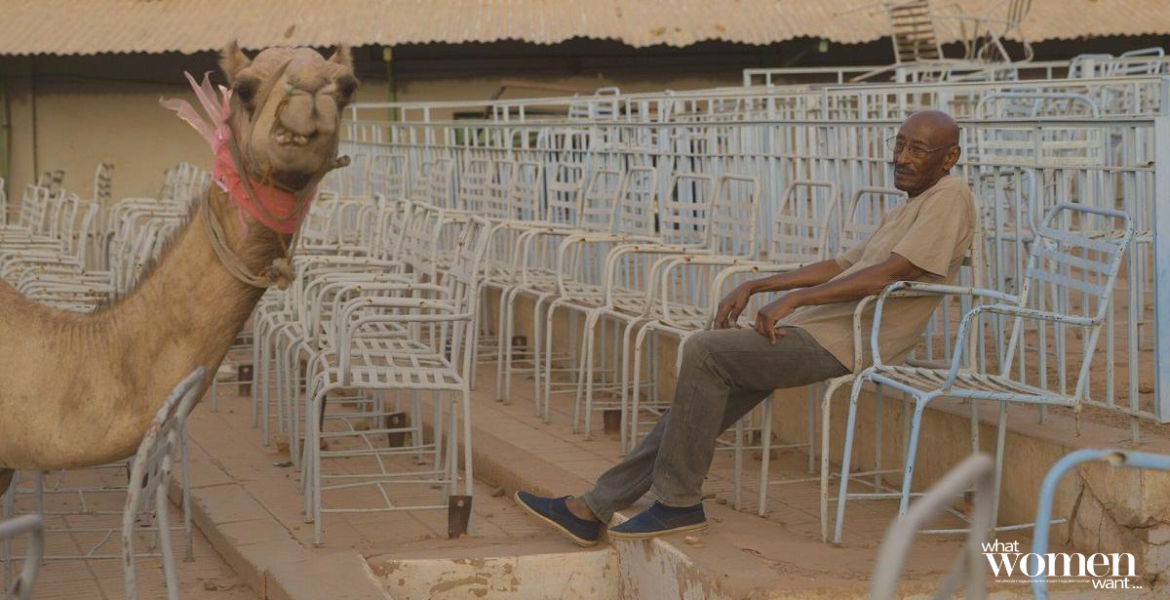Breathing life into Sudan’s cinematic history is El Gouna Film Festival’s (GFF) “Special Screenings” programme where a hand picked selection of 8 restored short and medium length films from the Sudanese Film Group will take center stage at the event. Each film was revived by the Arsenal – Institut für Film und Videokunst, Berlin and will be placed under the spotlight to celebrate the rich cinematic legacy of Sudan.
The restored films are the work of three prominent Sudanese filmmakers, Suleimn al-Nour, Tayeb Mahdi, and Ibrahim Shaddad. All three carved a new path for cinematic expression, one that goes beyond the political and state-sponsored constraints of filmmaking in Sudan.
Knowing of the recent bout of turmoil in Khartoum, the event could not have come at a better time. GFF’s Artistic Director could not have described it better herself, “we learnt that the filmmakers were present in Cairo, seeking refuge from the recent surge of violence and turmoil in Khartoum… (this) further underscored the urgency and importance of providing a platform for their voices to be heard.” Let’s take a look at the 8 films that will grace the festival’s “Special Screenings” program from Oct 13 to the 20th.
Hunting Party (1964)
Filmed in Hollywood Western style, this project was Ibrahim Shaddad’s graduation project while he was studying at a German film school. It explores gender, labor, racial tension and mob violence.

The Shrine (1977)
During his studies at the High Cinema Institute in Egypt, Tayeb Mahdi produced this short film that explores the life of a man who possess healing powers.

But The Earth Revolves (1978)
Placing a spotlight on Yemen, this film by Suleiman al-Nour recalls the stories of life within a school in the country.

Africa, the Jungle, Drums and Revolution (1979)
Directed by Suleiman al-Nour, this is his Diploma film which he made during his time at Moscow’s VGK film school. It takes a deep dive into Africa within the context of the Soviet society.

Four Times For Children (1979)
Under the direction of Tayeb Mahdi, the film taps into daily life within institutions and educational centers that cater to children with physical or cognitive impairments.

Camel (1981)
This film by Ibrahim Shaddad is quite unique as its main protagonist is a camel. It explores the life of the camel who resides within a sesame mill and lives a confined and constricted life.

The Rope (1985)
Taking place within the unpredictable desert environment is The Rope, a film directed by Ibrahim Shaddad. Throughout the film, we accompany a pair of visually impaired men as well as a donkey as they navigate the desert environment. At times, it is the two men leading the journey while at other times it is the donkey.

The Station (1989)
Along with The Rope, Tayeb Mahdi’s “The Station” is yet another travel film that follows people on foot and on wheels who converge and meet up at the desert between Khartoum and Bur Sudan.

By placing a spotlight on films that provide an eye opening look into the very fabric of Sudan, viewers attending the special film screenings will earn a new appreciation for the resilient nation.

